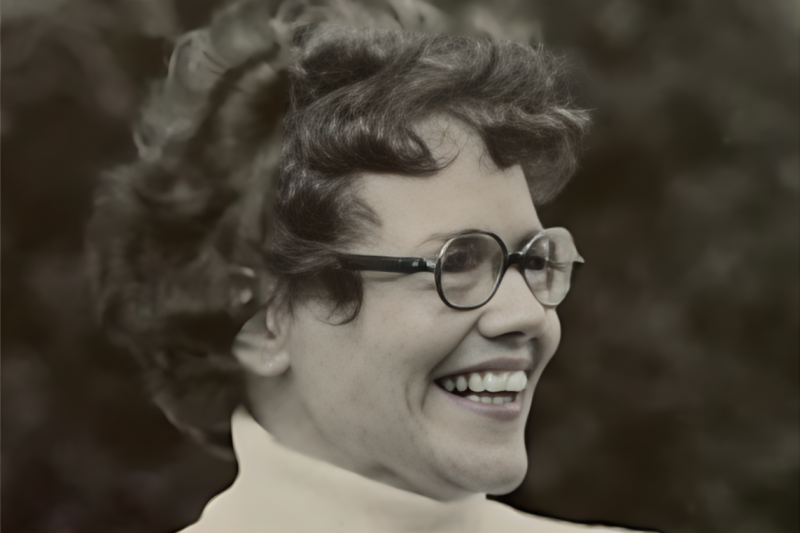
Making ‘personalized learning’ work for teachers and students
One of the biggest buzzwords in education today is personalized learning. But it’s not always clear what that means—in fact, it can mean something different from one school district to another.
Adam Carter is the chief academic officer at Summit Public Schools, a charter network known for its personalized learning model. On this episode of School’s In, he explained how Summit’s concept of personalized learning differs from traditional classroom expectations—for instance, by building in more opportunities for teachers to collaborate with one another and to prioritize one-to-one time with students.
“It’s less about the classroom level and more about the school level,” said Carter, who earned a master’s degree from the STEP program at Stanford Graduate School of Education. “It’s about aligning your school support systems around students and treating students as individuals, as opposed to allowing teachers to make the best decisions possible within the context of a single classroom. It’s about reframing the idea of ‘I’m a teacher of English’ to ‘I’m a teacher of students, and my specialty is English.”
Carter joined GSE Dean Dan Schwartz and Senior Lecturer Denise Pope in the studio to talk about what personalized learning means for teachers and students, and the role technology can play in helping teachers work more effectively with individual students.
“Teaching is always going to be hard,” he said. “But there are efficiencies to be had when people work together.”
Listen from the link below, and find more episodes of School's In at the Stanford Radio main page. The show airs Saturdays on SiriusXM Insight Channel 121.



